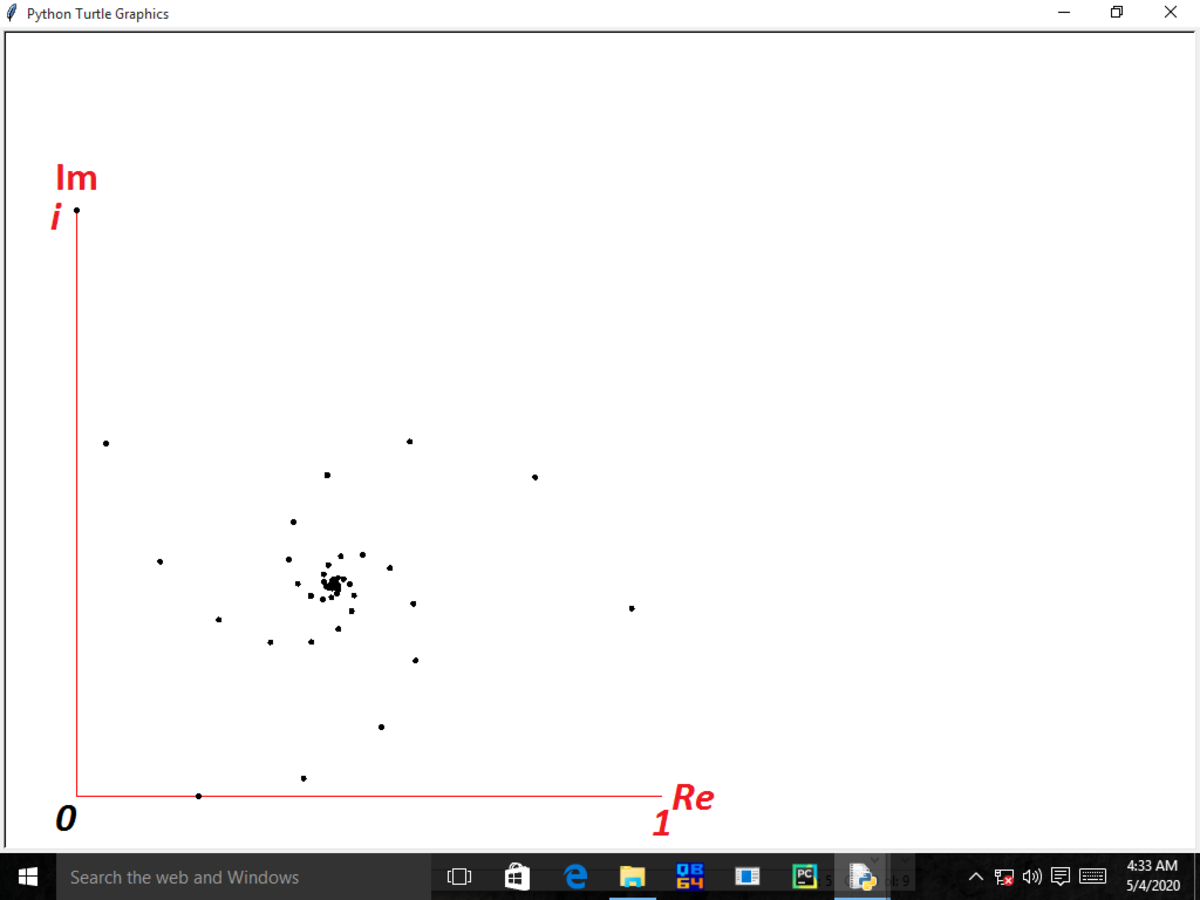Fantastic Imaginary unit!
From Euler's identity : For Let Now a question which I'm unable to solve and it is very interesting one! (see tetration if you aren't understanding )
No vote yet
1 vote
From Euler's identity : For Let Now a question which I'm unable to solve and it is very interesting one! (see tetration if you aren't understanding )
Easy Math Editor
This discussion board is a place to discuss our Daily Challenges and the math and science related to those challenges. Explanations are more than just a solution — they should explain the steps and thinking strategies that you used to obtain the solution. Comments should further the discussion of math and science.
When posting on Brilliant:
*italics*or_italics_**bold**or__bold__paragraph 1
paragraph 2
[example link](https://brilliant.org)> This is a quote# I indented these lines # 4 spaces, and now they show # up as a code block. print "hello world"\(...\)or\[...\]to ensure proper formatting.2 \times 32^{34}a_{i-1}\frac{2}{3}\sqrt{2}\sum_{i=1}^3\sin \theta\boxed{123}Comments
I have plotted the graph of ni on the complex plain using python: The limn→∞ni is converging in the darker middle region.
The limn→∞ni is converging in the darker middle region.
960i≈0.43828...+0.36059...i
Log in to reply
Let the limit be L. Does iL=L?
Log in to reply
Yes
BTW, I don’t really understand ni, although I do know tetration. Could you explain it to me? Thanks :)
Log in to reply
ni=iiii... where there are n i′s
Log in to reply
Well that I know... :) but ii I do not understand :D i times itself i times?
Log in to reply
See how we evaluate ii:
From Euler's identity (It comes every place you talk about i): eiθ=cos(θ)+isin(θ) At θ=21π ei21π=i Raising both sides to i (ei21π)i=ii ii=(ei21π)i=ei21πi=e−21π
Log in to reply
Oic. Thank you :)
@Chew-Seong Cheong, @Justin Travers, @jordi curto, @Yajat Shamji , @Mahdi Raza, @Kumudesh Ghosh, @Alak Bhattacharya, @Vinayak Srivastava, @Aryan Sanghi, @Jeff Giff, @Marvin Kalngan
Log in to reply
Sorry but I can't be any help here since I don't know Calculus that well (I have just started the Fundamentals Course)
I don't know tetration , but it seems you must calculate exponents from top to botom . Tower of "a" you equal to "i" is right if at the end of tower is and "i" . To calculate the tower you must consider where braquets are . See tetration explanation.
Tetration of a complex number to a infinite height can be done using the Lambert W function. The formula is W(-log(z))/(-log(z)). Here log(i)=iπ/2 and the formula gives the value that Zakir Husain has calculated.